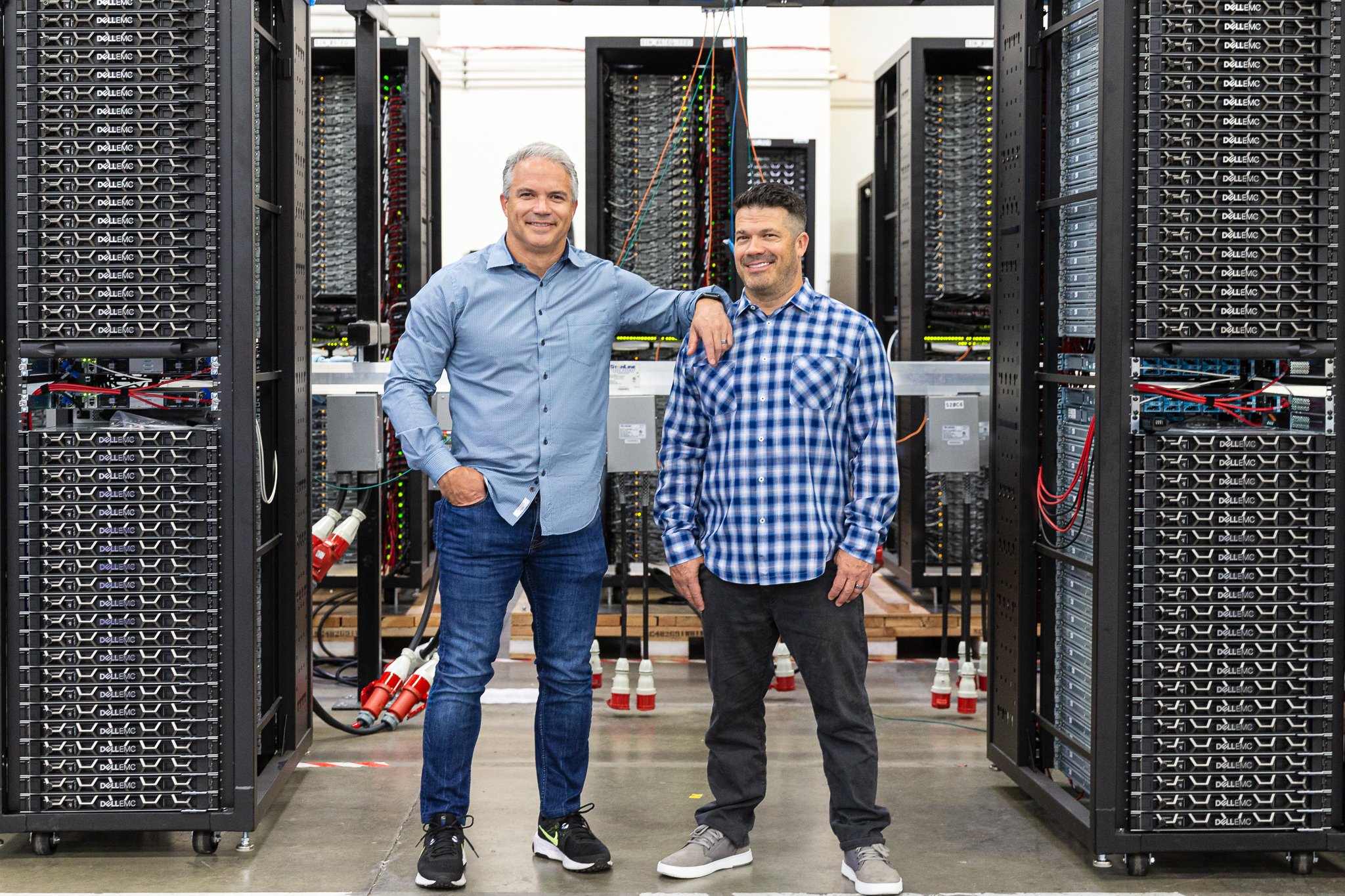NIST and CIS are two organizations that publish some of the most comprehensive standards modern businesses use as guidelines for a standardized set of rules as they implement technology into their organizations.
As a growing number of organizations across various industries are affected by cybercrimes, it has never been more imperative for your organization to adopt cybersecurity best practices to protect against these attacks.
If you run an organization that handles sensitive information or leverages technology in business operations, then cybersecurity standards are likely familiar to you. Still, many organizations offer advice and recommendations on "competing" standards. If you're responsible for making cybersecurity decisions, it can be hard to determine which guidelines to follow or how to implement them into everyday business operations. If you do not have a cybersecurity program or your organization has not taken steps for growth in maturity, it can seem overwhelming to find the resources to complete an assessment, let alone build a program with these frameworks incorporated into day-to-day operations.
Breaking down two frameworks often debated in assessing & mitigating risk- the NIST CSF 2.0 & CIS V8.
At a high level, NIST CSF is risk-based guidance. It's driven more on a federal contract basis. At the same time, CIS V8 is a more maturity-driven framework.
CSF helps your organization think about its risk and then helps point you in the right direction to understand better how to identify and respond to these risks, for example, in terms of access control, response, authentication, etc. It provides information to help you look at your critical assets and then apply actionable guiding statements to those assets to improve posture.
CIS is more explicit and doesn't just give you a generalized objective, allowing for areas open to debate on adoption or implementation; it provides explicit control, and it is easy to understand how to assess, adopt, and implement. CIS V8 eliminates ambiguity that some may see in NIST CSF, thus eliminating the guessing game. Also, unlike CIS, CSF doesn't address maturity. You can apply all the standards or a few within the framework based on your organization's needs and goals. The 18 CIS Controls within version 8 include 153 safeguards, organized into three implementation groups (IG's), each subset representing a different security maturity level, to help organizations prioritize their efforts based on their current security posture. IG1—Basic; IG2—Foundational; IG3—Organizational. This gives organizations a high-level roadmap toward maturity attained through a multi-level approach.
Celebrating 1 year of NIST CSF 2.0 and the continued improvements toward ease of adoption!
February 26, 2025, marked the first anniversary of the release of the NIST CSF 2.0 framework, which attempted to simplify security posture and focused heavily on preventing ransomware attacks.
The release of the NIST 2.0 version of the Cybersecurity Framework is cited as the framework with the highest adoption rate by industry leaders for the most effective framework to use and ease of implementation by cybersecuritytribe.com.
Detecting Ransomware with CIS Controls
If the past few years are any indication, ransomware attacks aren't going away anytime soon. In a 2022 report, SonicWall revealed that it had detected more than 623 million ransomware attacks in 2021 – an increase of 105% over the previous year. By comparison, it observed just 188 million ransomware attacks back in 2019. This means ransomware detections more than tripled in three years. These findings don't bode well for disaster recovery and business continuity, as many enterprises are already struggling due to a ransomware infection. Such challenges extend beyond the reputational and economic costs in an attack's immediate aftermath. With a subset of controls allowing organizations to focus on the areas of ransomware and making risks a bit easier, CIS released an adoptable framework targeting ransomware risks.
Redapt now offers a streamlined assessment approach to the Blueprint for Ransomware Defense at no cost. This gives clients access to the critical CIS V8 subset control, which focuses on mitigating ransomware risks.
Which framework is better suited for your organization?
NIST CSF is widely adopted by the government, critical infrastructure, healthcare, and financial institutions. Its voluntary nature and flexibility have contributed to its widespread adoption and integration into various cybersecurity frameworks and regulations. However, if you want a more rigid and prescriptive framework, then CIS Controls will help you improve your cybersecurity posture. The CIS Controls are often used as a benchmark for cybersecurity best practices and are integrated into various compliance frameworks and standards.
Why choose tools that simplify mapping & crosswalk capabilities?
There's no one-size-fits-all set of cybersecurity guidelines that every company should follow. With the never-ending and continuously evolving threat landscape & regularly changing regulations-- Understanding both NIST and CIS standards has never been more critical through new tools allowing for cross-walking capabilities, giving organizations a more straightforward and simplified viewpoint of both frameworks--ultimately providing a better chance of resiliency and readiness to face and respond to any cybersecurity threat.
The Redapt Response
Redapt's new Ransomware Resiliency Program starts with a holistic approach so clients don't have to choose one framework over another. Automating mapping and crosswalk capabilities provides complete visibility into both the NIST CSF & CIS V8 IG1-3 concurrently in a fraction of the time. It makes it easier for our clients to access and see both critical frameworks delivered through our Virtual Delivery Center. Take the results from both frameworks and leverage our vCISO advisors to manage remediation and turn controls into an actionable playbook through our single pane of glass platform. This makes risk resilience attainable, accessible, and cost-effective for organizations of all sizes.














